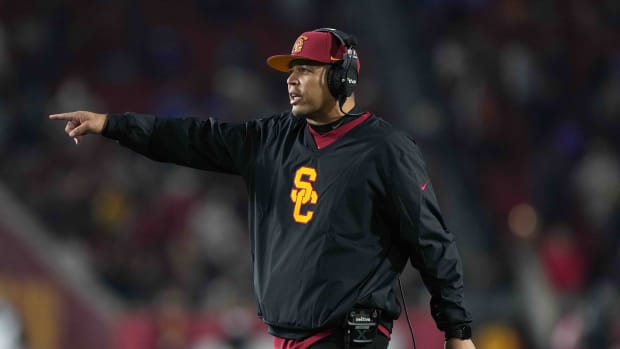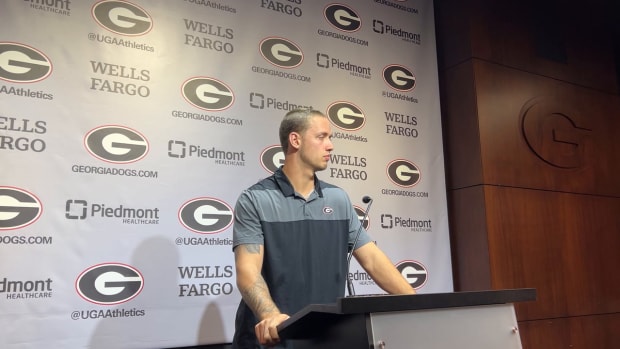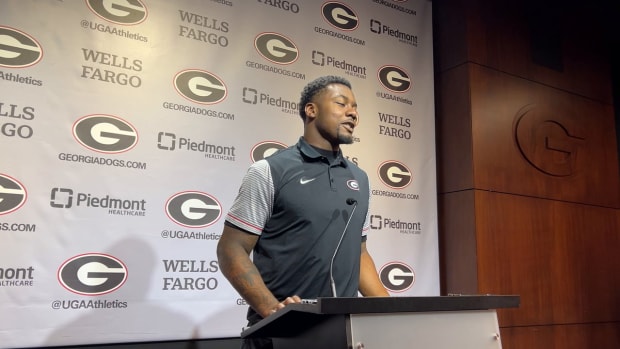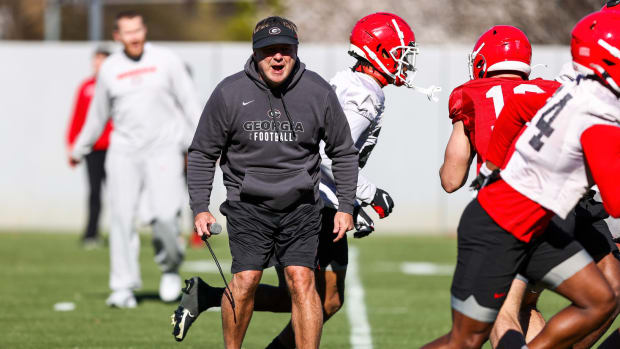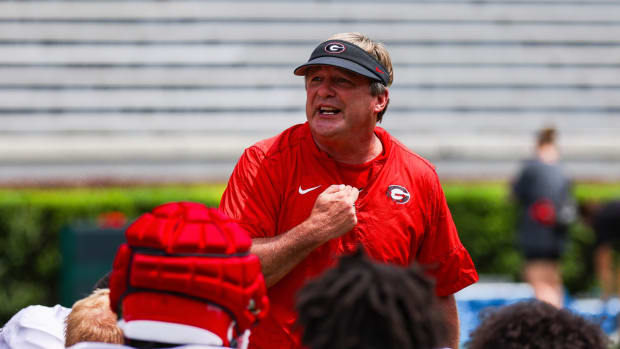College Football: The Ever Changing World of Recruiting
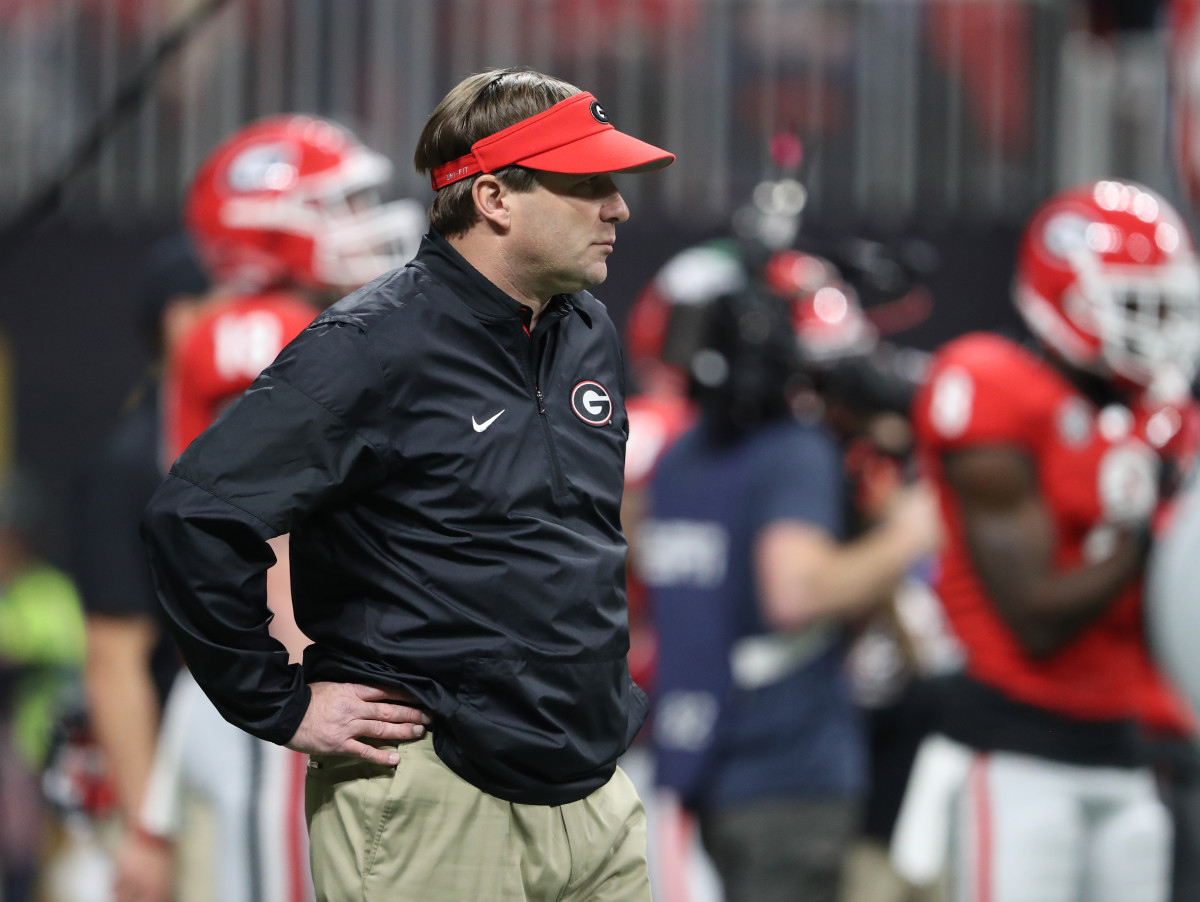
The first-ever football game was played in 1869 between Rutgers and New Jersey, and since that hallowed day on November 6th in New Brunswick, New Jersey, collegiate programs have been scouring the land for the best of the best players.
Sure, the game of football has inevitably changed since that day the Queensman from Rutgers won the (6-4) slobber knocker over New Jersey that rests in the annals of history, but the key to victory in collegiate sports has always revolved around the quality of players on the field.
So, today we are going to take a look at exactly how the process of recruiting has changed over time, with a specific look at the evolutions made since the advent of social media.
Location
Thanks to our friends over at Mode Analytics we can see the recruiting hotbeds as they change throughout the decades from 1920 up until today. (Link to Map)
One thing that becomes rather evident when analyzing that map is that the majority of the top end talent in college football resides in the Southwest and Southeast portion of the country. So, you have major college programs from across multiple conferences historically battling over premier talent in just a handful of states and regions.
So, the talent pools haven't moved over the years. I mean yea, occasionally there is the Xavier Truss from Rhode Island that's good enough to make it onto the national radar, but those are few and far between. On the other hand, the lowest player currently ranked in the state of Georgia has 5 division 1 offers.
The point? You have all the lions in the zoo cornering all the prey into two areas and choosing to play by their own rules to succeed.
Pay-for-play
Pay-for-play has been a hot topic for the last four to five years. A debate centered around whether or not student-athletes deserve more than simply a scholarship in terms of compensation for their contribution to the school.
Well, I hope I'm not shattering any moral compasses by telling you the players have been paid for a while, just under the table (hence the "by their own rules" comment above)
You don't have to search deep into the google threads to find college football cheating scandals. Again, these coaches jobs are dependent upon getting great players to their programs, and you're competing in a finite pool.
But just in case you don't remember them all, here's a list of some of the most famous cheating scandals:
- Florida Gators (1980s): Florida was alleged to have committed over 107 NCAA infractions from paying players, allowing walk-ons to live in athletic dorms, to even spying on other team's practices.
- Jim Tressel: Tressel gets his own category here for a handful of reasons. Most famously the tattoo scandal at Ohio State, but his scandalous behavior began all the way back at Youngstown State where he allegedly paid Quarterback Ray Isaac $10,000 in cash and provided access to multiple cars.
- Miami Hurricanes (1990-2000's): Ever heard of booty music? It's a little something that a man by the name of Luther Campbell invented in the 90's. And well, Luther was a mighty big Miami Hurricanes fan who may or may not have been handing out cash payments for big plays. No need to even begin the story of Nevin Shapiro.
- SMU Death Penalty: Leave it to the big team out in Dallas to cheat, get caught, then begin to cheat so heavily again that the NCAA is simply forced to give them the death penalty, something the sporting had never seen before and hasn't seen since.
Are these examples by any means a representation of the everyday operations of college programs? No. Hell, I only brought you three schools spanning 4 decades of cheating, but in my opinion, I think that says a little bit more about the unlikelihood of getting caught than the unlikelihood of payments being made.
Social Media
Twitter came into the everyday lives of the modern teen about 10 years ago. Constantly checking your timeline, reading trending news, talking to friends, shootin' some DM's, and following your favorite sports teams.
Well, for one of the nation's top recruits with often times 30 to 40 college programs offering you a scholarship, that becomes 30 to 40 fan bases begging for your commitment, which means there are going to be a lot more unhappy people than there are joyful. So, you can imagine what the mentions look like.
How are teams responding to this social media surge? Well, the elite recruiters such as Kirby Smart are using it to their advantage with a media department that is, as the kid's say, "fire" at edits. In fact, it's believed the nation's #2 RB in the 2020 class, Kendall Milton, was highly impressed with the detail expressed in an edit.
College football recruiting began with some coach in a suit showing up to your small town school and simply offering you a way out. A chance to do something different and earn a college degree, a chance to "make something of yourself"
Flashforward to today and it's a world of bagmen, edits, social media, recruiting services, non-official visits, official visits, commitments, de-commitments, early enrollees.
If only Earl "Red" Blaik and Knute Rockne could see it now.



